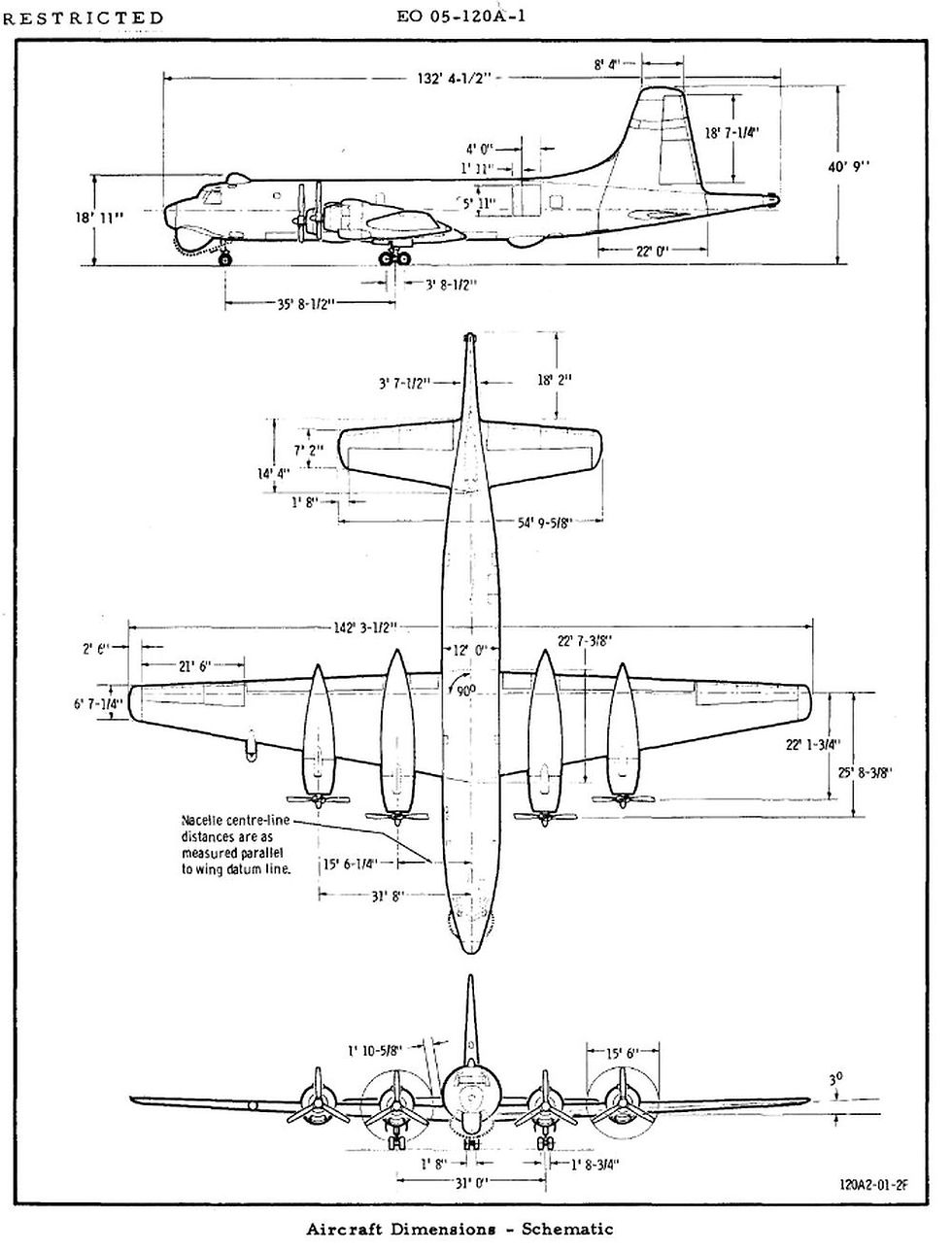27th of July 1961
- V2Aviation

- Jul 27, 2021
- 3 min read
60 years ago, on this day in aviation history, a Canadair CP-1017 Argus, under command of Bill Misener, flew nonstop without refuelling for 30 hours and 20 minutes. This was not the longest flight of a CP-107 Argus, on the 1st and 2nd of October 1959 a 407 Sq aircraft flew over 31 hours non stop covering a distance of nearly 4000 nm (7350 km).

The Canadair CP-107 Argus was designed and build for the Royal Canadian Airforce by Canadair. It gained the reputation of being the best anti-submarine patrol aircraft in the world in its early years of operation.
Following a design competition, involving variants of the Lockheed Constellation, a variant of the Bristol Brittania and two Canadair designs (the CL-28 & CL-33) the CL-28 was chosen. (CL-28 is the Canadair designation for the Royal Canadian Air Force Canadair CP0-107 Argus) The CL-28 itself was also based on the Bristol Brittania, having the same basic wings, tail and landing gear as the Brittania. Due to the operating environment (long duration, low-level flying) the see components were redesigned and reinforced. The fuselage was redesigned in its entirety by Canadair. The pressurised cabin of the Brittania gave way to an unpressurised cabin for the Argus with two 18 ft (5.5 meters) bomb bays. Due to the lower fuel consumption of piston engines at lower altitudes than the turboprops used on the Brittania, Wright R-3350 Turbo-Compound radial piston engines were chosen as the powerplant for the Argus.

Several aircraft were built for the test and development program
Argus 20710, was used for testing controls and stability
Argus 20711, was used for equipment and environment testing
Argus 20712, was used for cold-weather testing
Argus 20713, was used for structural testing and RCAF requirements testing
Argus 20714, was used for weapons testing
Argus 20715, was used for operational evaluation
Once operational the aircraft was operated by a crew of 15, pilots, navigators, flight engineers and radio officers. The average patrol length required a "heavy" crew (amongst others, 3 pilots and two flight engineers.), they had a galley and four bunks as commodities on board. The initial Mark I aircraft was followed by the Mark II, which had different electrical equipment, smaller nos radome and an ECM antenna on the fuselage.
The last operational mission of an RCAF Argus was on the 24th of July 1981.

Aircraft characteristics
Crew: 15
Length: 132 ft 4.5 in (40.348 m)
Wingspan: 142 ft 3.5 in (43.371 m)
Height: 40 ft 9 in (12.42 m)
Wing area: 2,075 sq ft (192.8 m2)
Empty weight: 81,000 lb (36,741 kg)
Max takeoff weight: 157,000 lb (71,214 kg)
Fuel capacity: 6,640 imp gal (30,200 l; 7,970 US gal)
Powerplant: 4 × Wright R-3350 TC18EA1 18 cylinder Turbo-Compound air-cooled radial engines, 3,700 hp (2,800 kW) each
Propellers: 3-bladed Curtiss-Wright Electric C634S-C554 metal variable-pitch propeller, 15 ft 6 in (4.72 m) diameter
Performance
Maximum speed: 315 mph (507 km/h, 274 kn)
Cruise speed: 207 mph (333 km/h, 180 kn)
Range: 5,900 mi (9,500 km, 5,100 nmi)
Service ceiling: 25,000 ft (7,600 m)
Armament (Maximum load of 8,000 lb (3,600 kg))
Internal load:
External load: (maximum 3,800 lb (1,700 kg))
The Argus carried out trials for AGM-12B Bullpup air-to-surface missiles and 2.75" Folding-Fin Aerial Rockets (FFAR) but these were never used operationally.
Avionics
Radar systems:
AN/APS-20 search radar in Mk.I, or ASV-21 radar in Mk.II
APS-94D Side looking airborne radar (SLAR), trialled but not used operationally.
Passive sensors:
Jezebel Low-Frequency Analyzer and Recorder sonobuoy sound analyzer to identify distance and type of vessel
Magnetic Anomaly Detector (MAD) on an extended tail boom to measure the presence of iron from a vessel's hull
AN/ALR-8 radio direction finding and interception to triangulate the location of radio transmitters
AN/APA-74 radar signal pulse identification for identifying and locating submarine radar transmissions
AN/ASR-3 exhaust trail indicator for identifying the presence of submarine diesel engine exhaust
Other:
70 million candlepower searchlight for night visual identification[32]




Comentarios